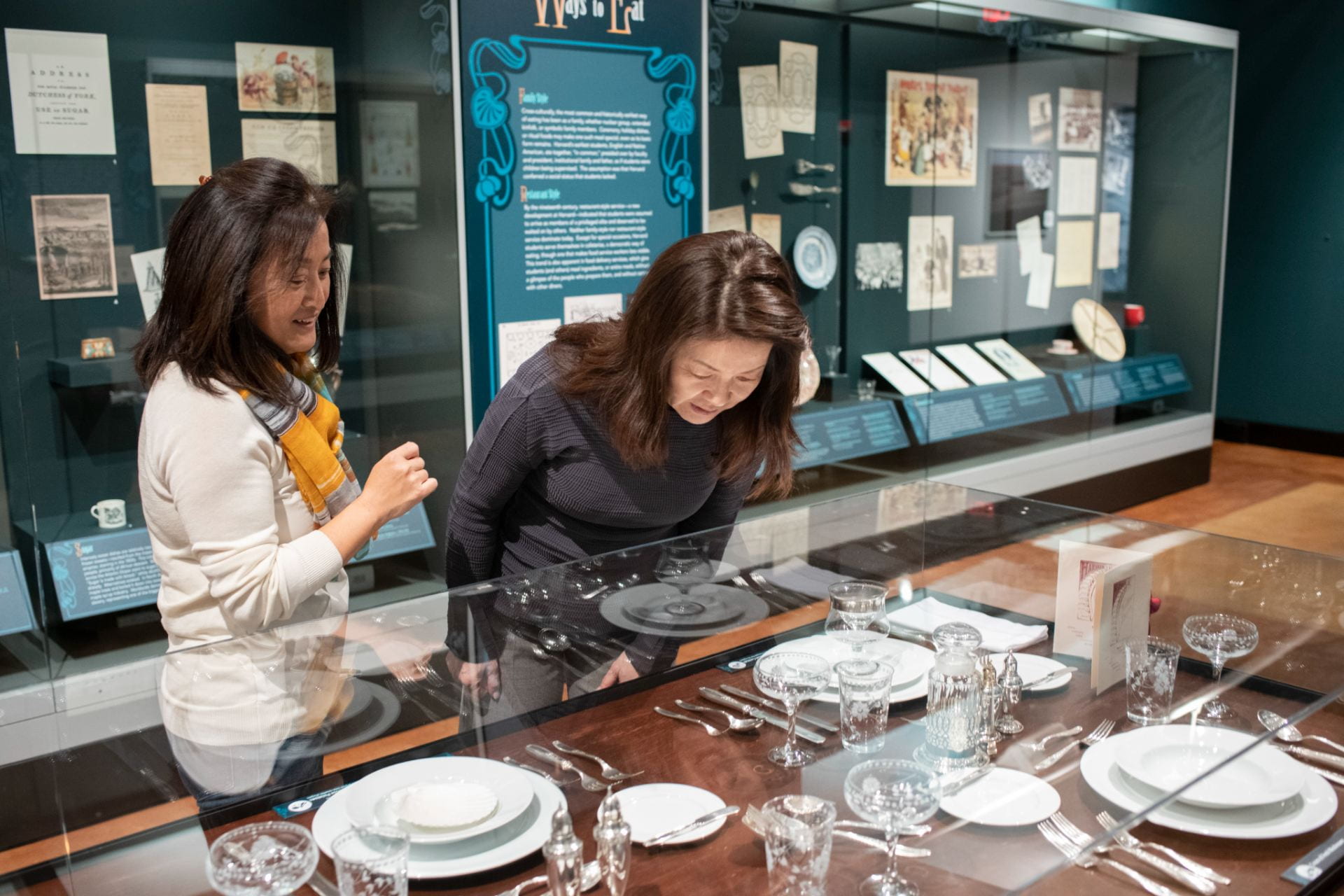In-Person Presentation
Location: Harvard Museum of Natural History, Classroom B (Third Floor), 26 Oxford Street, Cambridge MA
Meet up-and-coming scientists and learn about questions at the forefront of research today in this series of short talks.
2:00–2:30 pm – Minds Across the Multiverse
Speaker: Brandon Fricker, Postdoctoral Student, the Elya Lab
Have you ever wondered why some animals are highly social, while others prefer solitude? Or why certain species behave aggressively, while others are more timid? Although behavior varies greatly across the animal kingdom, one thing remains constant: it’s shaped by the brain. In some astonishing cases, organisms can even hijack the brains of others to completely change their behavior. So, what exactly is happening inside the brain? Join Harvard scientist Brandon Fricker as he explores this question using simple “zombie” fly brains to uncover how larger, more complex brains drive behavior.
3:00–3:30 pm – Why Do We Walk on Two Legs? Ask a Leaf!
Speaker: Ruth Tweedy, Graduate Student, Department of Earth and Planetary Sciences
Have you ever wondered why people walk on two legs, while monkeys and apes—our closest living relatives—still swing through trees? Harvard scientist Ruth Tweedy thinks the answer might have something to do with where early humans lived. She studies ancient landscapes in eastern Africa by looking at the waxy coatings on leaves—tiny chemical “fingerprints” that plants leave behind in the ground. These fingerprints can last for millions of years and help tell the story of what the world looked like long ago. Join Ruth to uncover how clues from leaves reveal the environments where early humans lived—and why standing tall might have been the smartest way to get around.
Recommended for ages 10 and up.
Regular museum admission rates apply.
Presented by the Harvard Museum of Natural History and Harvard Museums of Science & Culture.

